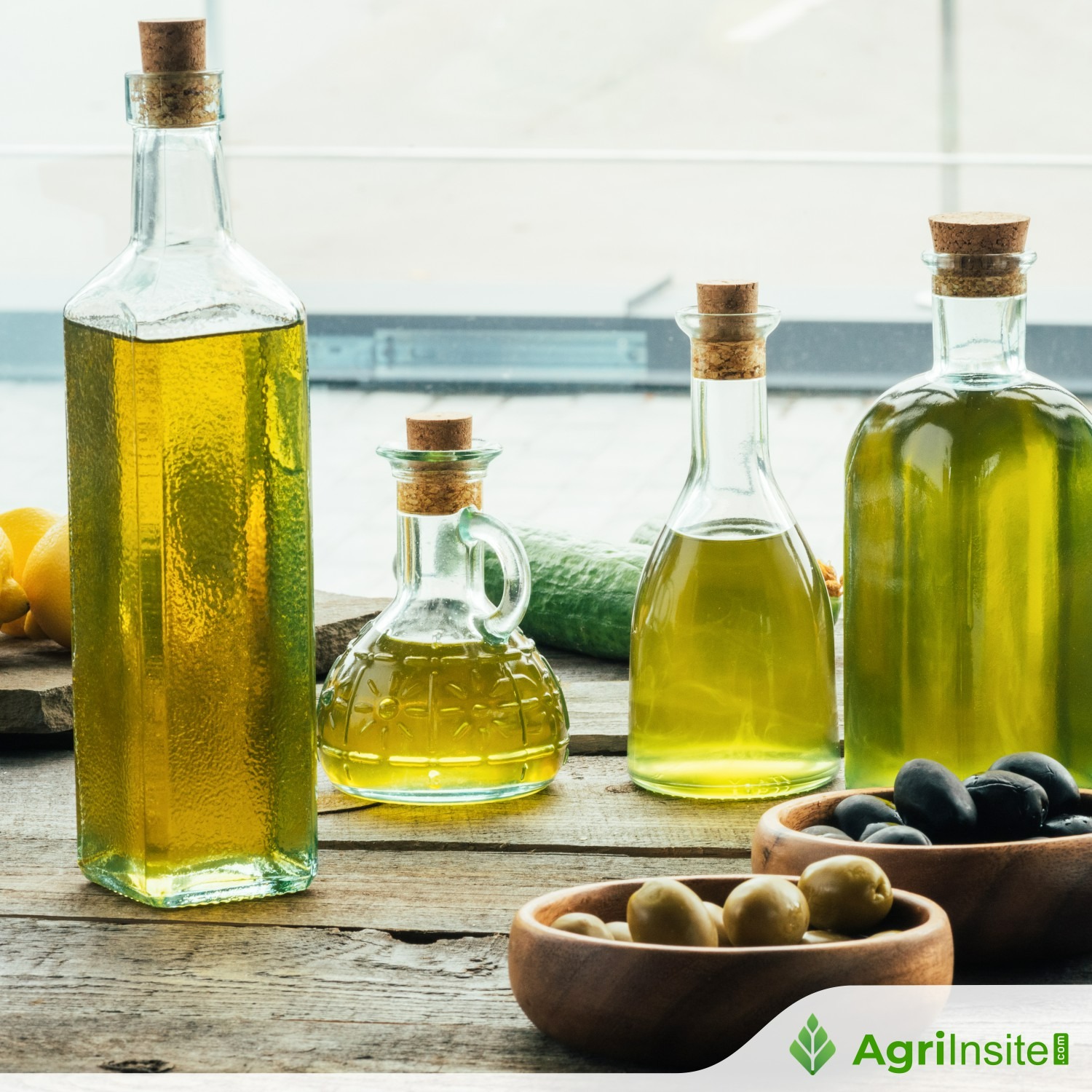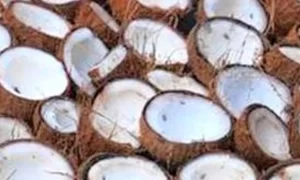With crude palm oil rates on fire, consumer firms start raising prices

With crude palm oil prices on the rise, companies have started to jack up rates of soaps and edible oils in order to pass on the hike to consumers.
Crude palm oil, one of the main ingredients in the manufacture of some consumer goods, saw a price rise of 45.2 per cent in the last three months.
One of the country’s largest consumer companies, Hindustan Unilever, said it has already started to take price increases in the skin cleansing category.
In the press conference post its earnings, Ritesh Tiwari, chief financial officer (CFO) at HUL said, “After a prolonged period of benign commodity prices in this quarter, crude palm oil and tea witnessed inflation of 10 per cent and 25 per cent year-on-year (Y-o-Y), respectively.”
In a conference call with analysts, Godrej Consumer Products managing director (MD) and chief executive officer (CEO) Sudhir Sitapati also talked about navigating the current crude palm oil price increase by raising prices.
chart
More From This Section
Jobs, Job creation
Overall recruitment postings increases 20% this festive season: Report
Apple, mobiles charge up 22% growth in electronics exports
Festive sales: Appliance makers expect 30% growth on higher online sales
India has more than 100 space technology startups and most were founded in the past five years. It owns 55 active space assets that include communication, meteorological and Earth observation satellites. According to a report by Tracxn, a market inte
Protect key frequency bands used for satellite communications: Industry
ONGC
ONGC chairman should also lead as subsidiary HPCL’s head: Synergy panel
Manohar Lal Khattar, Manohar Lal, Khattar, Manohar
Need to reduce carbon emissions for net zero by 2070: Minister Khattar
He said, “The already high prices were further exacerbated by the import duty on oil. We think this is a short-term hit, and we will recover the margin through judicious price increases and stabilising of costs over the next few quarters.”
In its results release, GCPL said, “Prices of palm oil and its derivatives’ have been rising and have increased in high double-digits since the start of the year. The management has decided not to pass on the entire cost increase to consumers. And hence, pricing growth will lag an increase in input prices.”
Sitapati also told analysts that the inflated palm oil prices, coupled with the company’s view on above the line (ATL marketing) and quality means that its overall margins and volume growth may be range bound for the next couple of quarters.
“We feel that we have stuck to our strategy of holding high-single-digit volume growth in India and Indonesia and structurally improving profitability in international markets. We will continue to play on this strategy while volatility in palm oil prices plays out over the next few quarters,” he said.
Adani Wilmar, which saw a strong quarter in Q2, doesn’t expect this performance to continue in the ongoing quarter as prices of edible oil have risen.
Angshu Mallick, MD and CEO at Adani Wilmar, said in a recent interview, “We may not replicate this growth, but one thing is certain: all this is happening because of concerted efforts to create a better distribution infrastructure. Edible oil prices have risen by 25-30 per cent, which will impact consumption.”
The government recently increased import duty on edible oils, but that did not cause prices in the Indian market to decline but they continued to remain elevated.
With crude palm oil prices on the rise, companies have started to jack up rates of soaps and edible oils in order to pass on the hike to consumers.
Crude palm oil, one of the main ingredients in the manufacture of some consumer goods, saw a price rise of 45.2 per cent in the last three months.
One of the country’s largest consumer companies, Hindustan Unilever, said it has already started to take price increases in the skin cleansing category.
In the press conference post its earnings, Ritesh Tiwari, chief financial officer (CFO) at HUL said, “After a prolonged period of benign commodity prices in this quarter, crude palm oil and tea witnessed inflation of 10 per cent and 25 per cent year-on-year (Y-o-Y), respectively.”
In a conference call with analysts, Godrej Consumer Products managing director (MD) and chief executive officer (CEO) Sudhir Sitapati also talked about navigating the current crude palm oil price increase by raising prices.
)
More From This Section
He said, “The already high prices were further exacerbated by the import duty on oil. We think this is a short-term hit, and we will recover the margin through judicious price increases and stabilising of costs over the next few quarters.”
In its results release, GCPL said, “Prices of palm oil and its derivatives’ have been rising and have increased in high double-digits since the start of the year. The management has decided not to pass on the entire cost increase to consumers. And hence, pricing growth will lag an increase in input prices.”
Sitapati also told analysts that the inflated palm oil prices, coupled with the company’s view on above the line (ATL marketing) and quality means that its overall margins and volume growth may be range bound for the next couple of quarters.
“We feel that we have stuck to our strategy of holding high-single-digit volume growth in India and Indonesia and structurally improving profitability in international markets. We will continue to play on this strategy while volatility in palm oil prices plays out over the next few quarters,” he said.
Adani Wilmar, which saw a strong quarter in Q2, doesn’t expect this performance to continue in the ongoing quarter as prices of edible oil have risen.
Angshu Mallick, MD and CEO at Adani Wilmar, said in a recent interview, “We may not replicate this growth, but one thing is certain: all this is happening because of concerted efforts to create a better distribution infrastructure. Edible oil prices have risen by 25-30 per cent, which will impact consumption.”
The government recently increased import duty on edible oils, but that did not cause prices in the Indian market to decline but they continued to remain elevated.
















